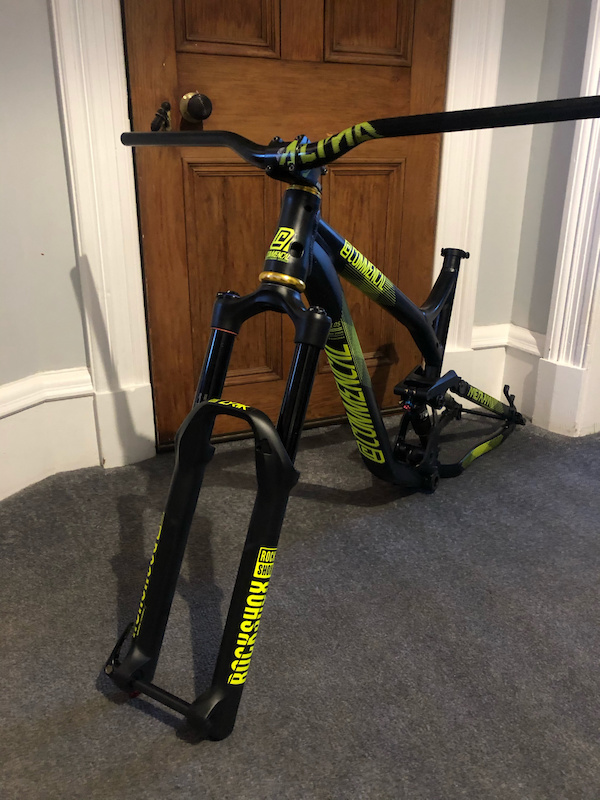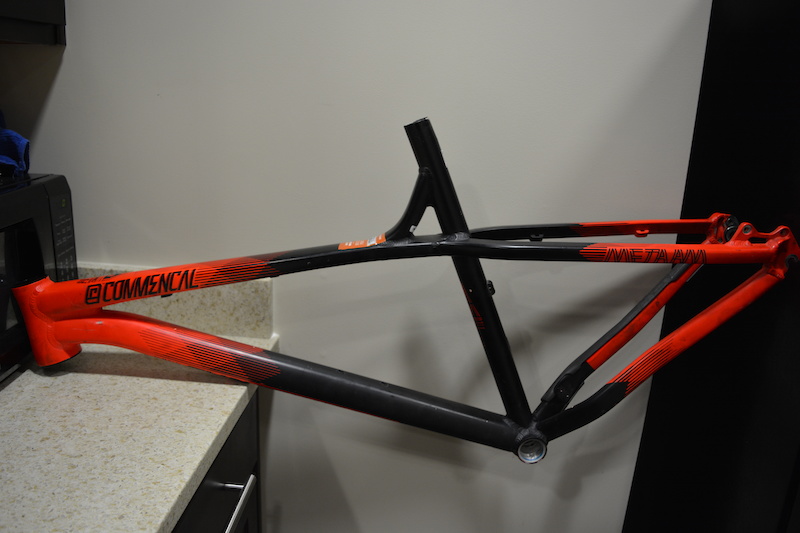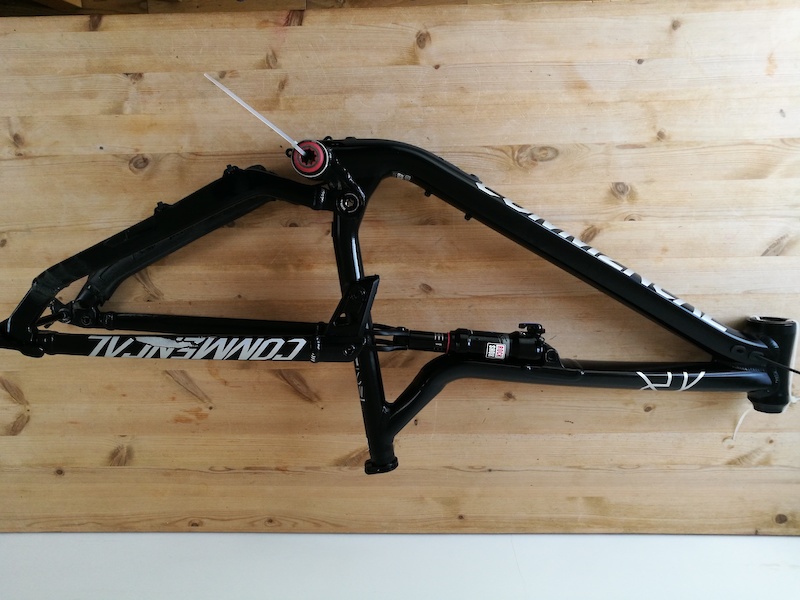
I never really felt like I was able to hit that sweet spot of centered traction as often or as immediately as I would have liked.Īll in all, the Commencal feels slightly more rough around the edges than some of the other bikes and this is more apparent on the climbs than anywhere else. It still climbed well, but I didn’t feel my weight was as well centered on the bike and that becomes slightly problematic when dealing with the power of an eMTB. I alleviated the problem by running the saddle further rearward on its rails.

Because of the tall 465mm seat tube and steep 78 degree seat tube angle, I found that I couldn’t get the saddle low enough to be out of the way on descents. The biggest inhibitor to my personal experience on the Meta Power was the overall fit of the bike. It’s happy to spin out a gear and winch up climbs, but doesn’t have that same supported feeling when you have your weight hovering above the saddle on technical pitches. The bike, while offering plenty of traction, doesn’t offer the same platform as something like the Yeti 160E or Specialized Kinevo. I ended up running the stem with several spacers above it as a way to not compromise the 475mm reach and tried to recoup the bar height with the generous bar rise. Although the frame stack isn’t particularly high at 620mm, the high rise 40mm bar helped me get into a window of usable range when I wanted to shift my weight around. The Meta Power is a bike that offers a comfortable climbing position. There is also a KS Lev Integra 175mm seatpost. The wheels are the H1700 rims on 350 hubs from DT Swiss. This is paired to a GX drivetrain and some E13 alloy cranks. These feature a 220mm rotor on the front, which is something I really like on most bikes, let alone with the added weight of an e-bike.
#Commencal meta frame code
The SRAM and Rockshox build offers Utlimate level suspension components and high-end Code RSC brakes. The bike has a really solid spec, especially for the previously mentioned price. Some people might not find this problematic, but that wasn't the case for me - more on that later. The geometry dimension that draws your gaze, though, isn’t one of the more talked about but rather the potentially troublesome 465mm seat tube. The linkage-driven single pivot provides 160mm travel and it’s paired to a 170mm fork. The size large on test had 475mm of reach and sizable 453mm chainstays. So, the price is right but what about the bike? The frame is built around the ever-more-common 78-degree seat tube angle which is matched up to an amply slack 63.5-degree head tube angle. The other is their direct-to-consumer sales model.

This bike is the only alloy framed bike on the field test, non e-bikes included, which is one way it keeps the cost down.

That’s a big difference, and it’s not as if the Meta Power is light on spec either. Now, that’s still a good chunk of cash but it’s no exaggeration to say you could have two of these for the price of some of the others. Before we get into the geometry and how this bike rode let’s just get one thing out the way - the Commencal Meta Power 29 in the Team build we had on test wipes the smiles off all the other bikes’ faces when it comes to value.


 0 kommentar(er)
0 kommentar(er)
